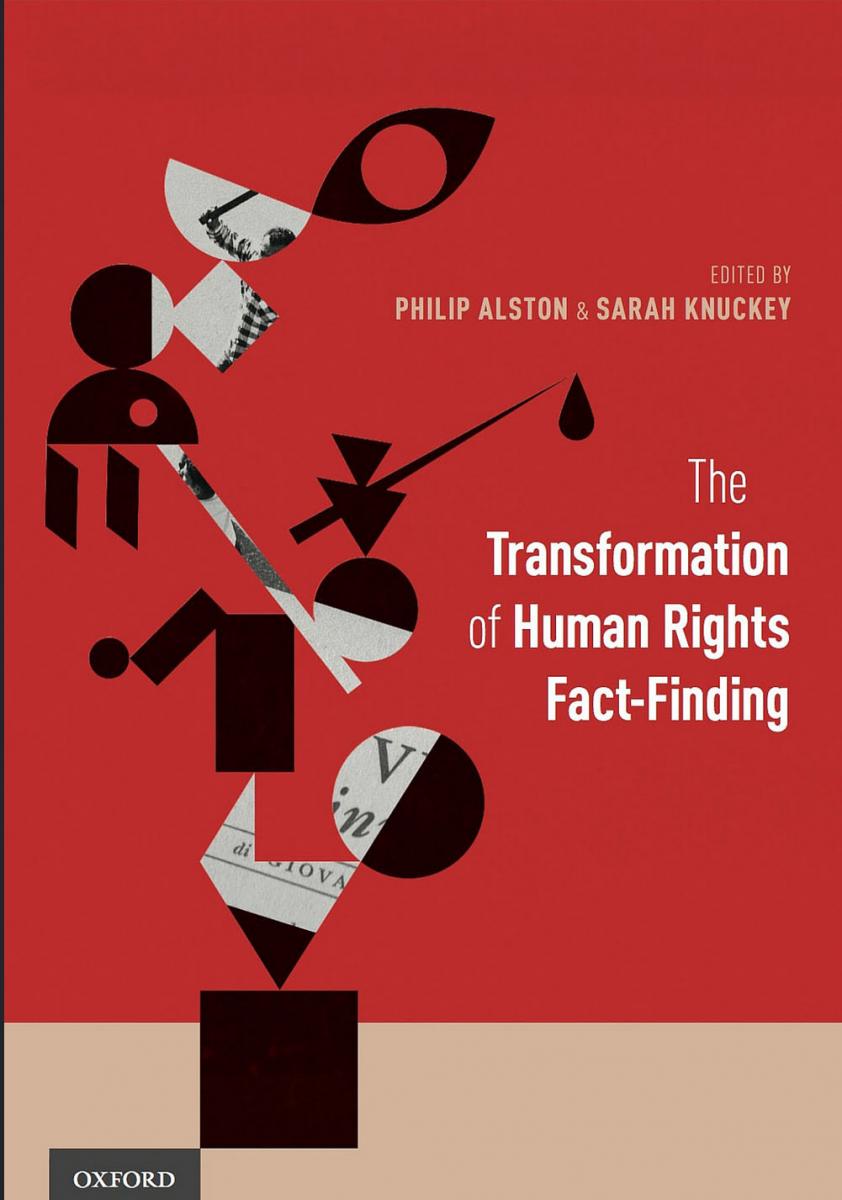Investigating human rights violations poses complex methodological, ethical, and practical challenges— especially in the realm of economic and social rights. Extreme poverty and inequality deprive millions of people around the world of dignity, justice, and even life. However, establishing that these chronic deprivations amount to human rights violations can be difficult, as they often reflect systemic failures on the part of government and other actors to develop or implement effective public policies.
 A new book, The Transformation of Human Rights Fact-Finding, includes a chapter authored by Allison Corkery, Director of CESR’s Rights Claiming and Accountability Program that explores how fact-finding methodologies might better analyze the multidimensional factors that create, perpetuate or exacerbate chronic deprivations of economic and social rights. This important new volume has been edited by Philip Alston, New York University Professor of Law and UN Special Rapporteur on Extreme Poverty and Human Rights, together with Sarah Knuckey, Director of the Human Rights Clinic at Columbia University School of Law.
A new book, The Transformation of Human Rights Fact-Finding, includes a chapter authored by Allison Corkery, Director of CESR’s Rights Claiming and Accountability Program that explores how fact-finding methodologies might better analyze the multidimensional factors that create, perpetuate or exacerbate chronic deprivations of economic and social rights. This important new volume has been edited by Philip Alston, New York University Professor of Law and UN Special Rapporteur on Extreme Poverty and Human Rights, together with Sarah Knuckey, Director of the Human Rights Clinic at Columbia University School of Law.
The chapter considers the similarities and differences between economic and social rights monitoring and traditional fact-finding approaches, which have tended to focus on how to investigate violations of physical integrity such as torture, extrajudicial executions, disappearances and arbitrary detention.
It argues that the methodologies used in such cases—typically focused on events-based analysis, including gathering testimony from victims and witnesses to establish a violation, violator and a remedy—are ill-equipped to address chronic failures to fulfill economic and social rights. Instead, more policy-based analysis is needed, and this in turn has implications for what information is prioritized, the way it is analyzed, and to what ends it is used.
The chapter explores efforts to broaden the research methods used in economic and social rights monitoring—in particular the increasing use of quantitative methods widely applied in the social sciences and development practice. It discusses a range of approaches– including use of rights-based indicators, social audit techniques, budget analysis and econometrics – reflecting on the comparative strengths and weaknesses of quantification in human rights monitoring. Referencing a case study from Guatemala, where CESR’s OPERA Framework was used to integrate such techniques to uncover patterns of socio-economic rights deprivations and then link these deprivations to inequitable government policies, the chapter argues that investigations of economic and social rights would be strengthened by adopting a holistic, mixed-methods approach.
Other chapters develop and expand on the issues involved in investigating, measuring, and monitoring human rights violations. The book advances thinking in the human rights field significantly by using an interdisciplinary approach that combines perspectives from many areas of expertise including international law, political science, forensics, informatics, and critical theory. Many of the chapters consider conceptual and practical challenges relevant to investigating economic and social rights. These include issues such as exploring methods for using social science in human rights research; a case study of participatory mapping in Kenya concerning issues such as health, water, and education; and the technical and ethical challenges of using social media and big data in human rights investigations. Another chapter considers how traditional fact-finding approaches can reproduce global hierarchies and argues for a more thoughtful, participatory approach to investigation and monitoring.
Transforming the theory and practice of human rights fact-finding is crucial to ensuring meaningful accountability for violations of economic and social rights. As such, CESR was honored to be a part of this boundary-pushing collection.